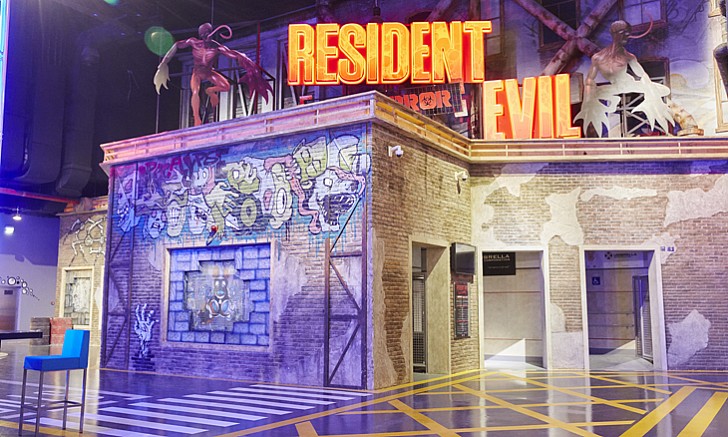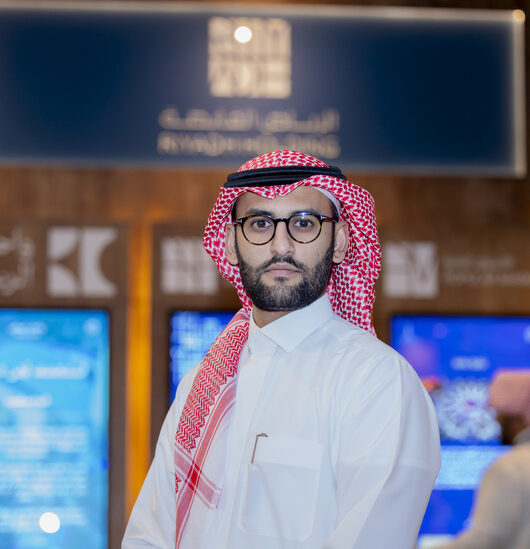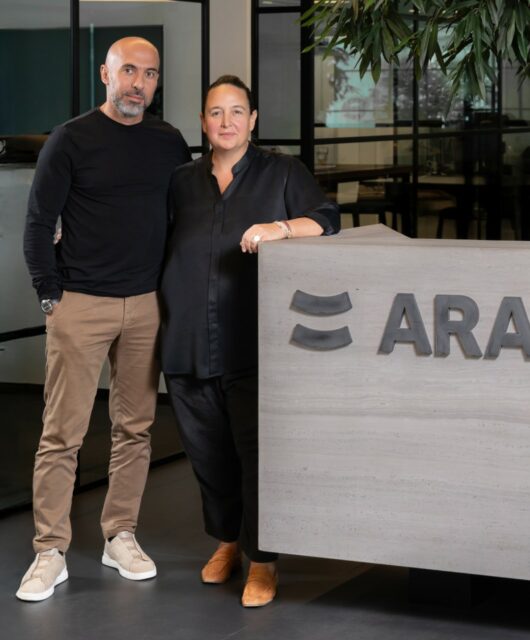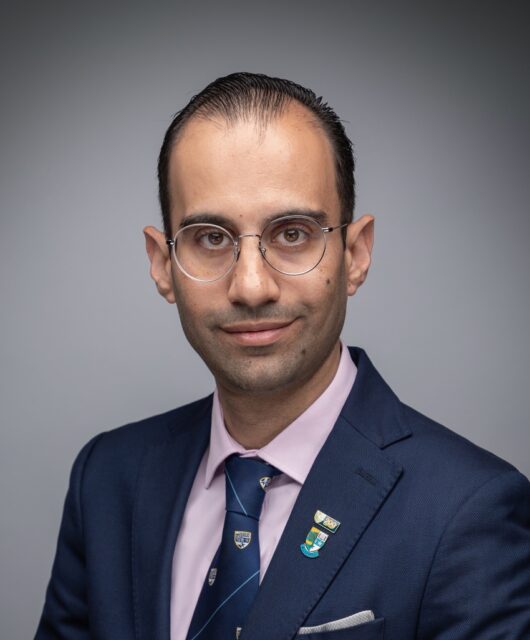Fire safety of buildings in the region is an alarming concern that needs to be addressed immediately. Design Middle East invited the experts for a roundtable discussion exploring the reasons, precautions, and fire safety standards in the region
Our esteemed panel
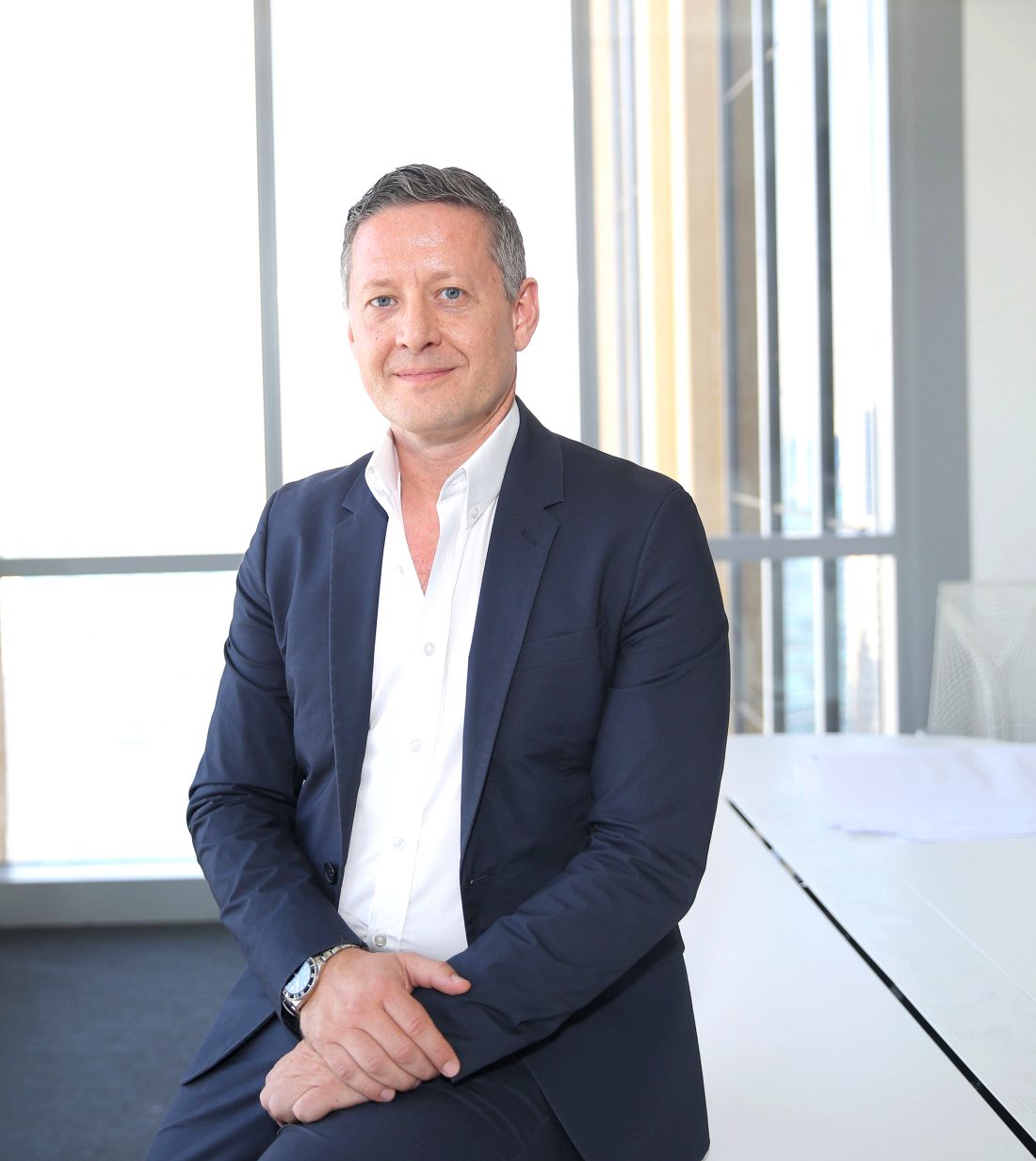
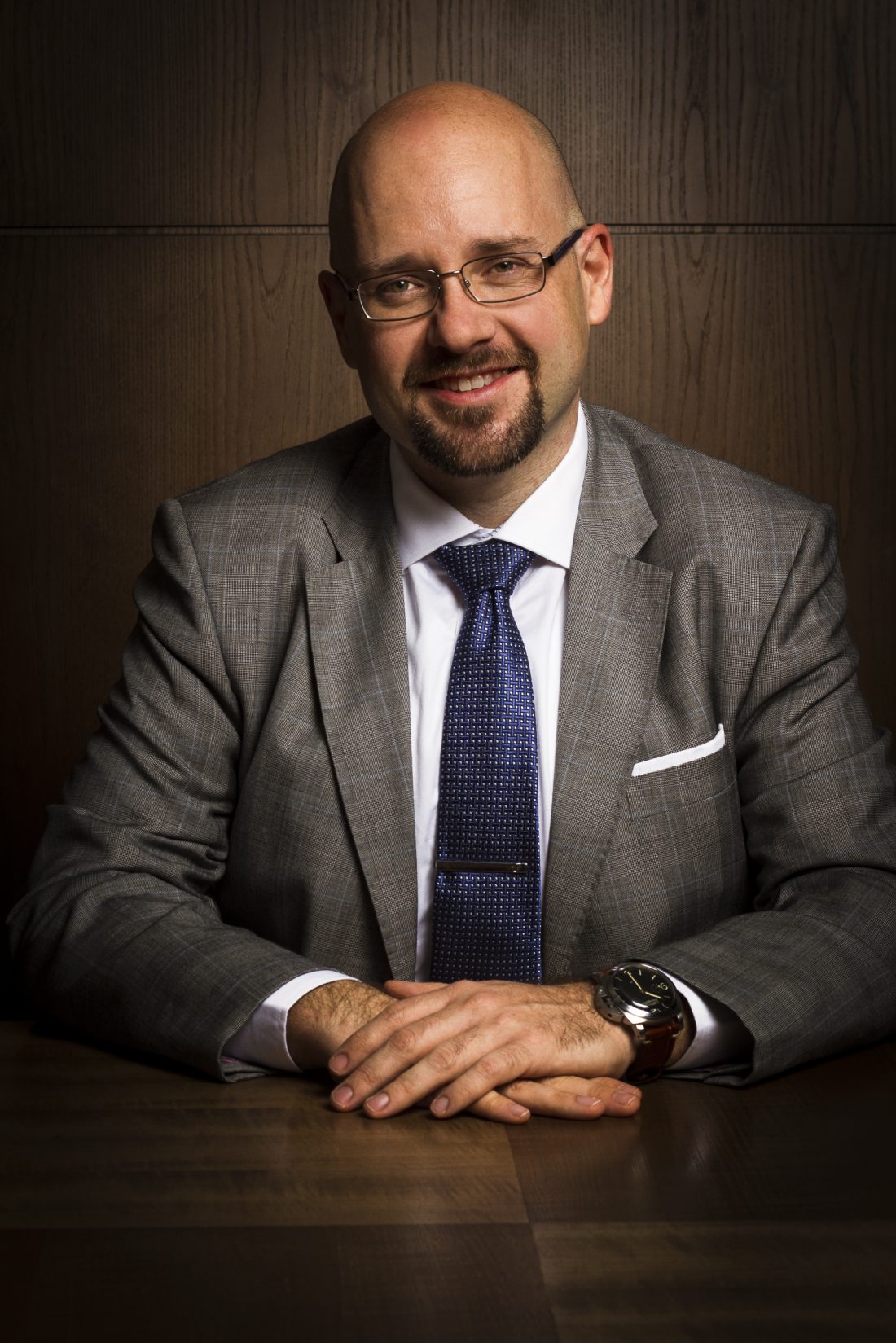
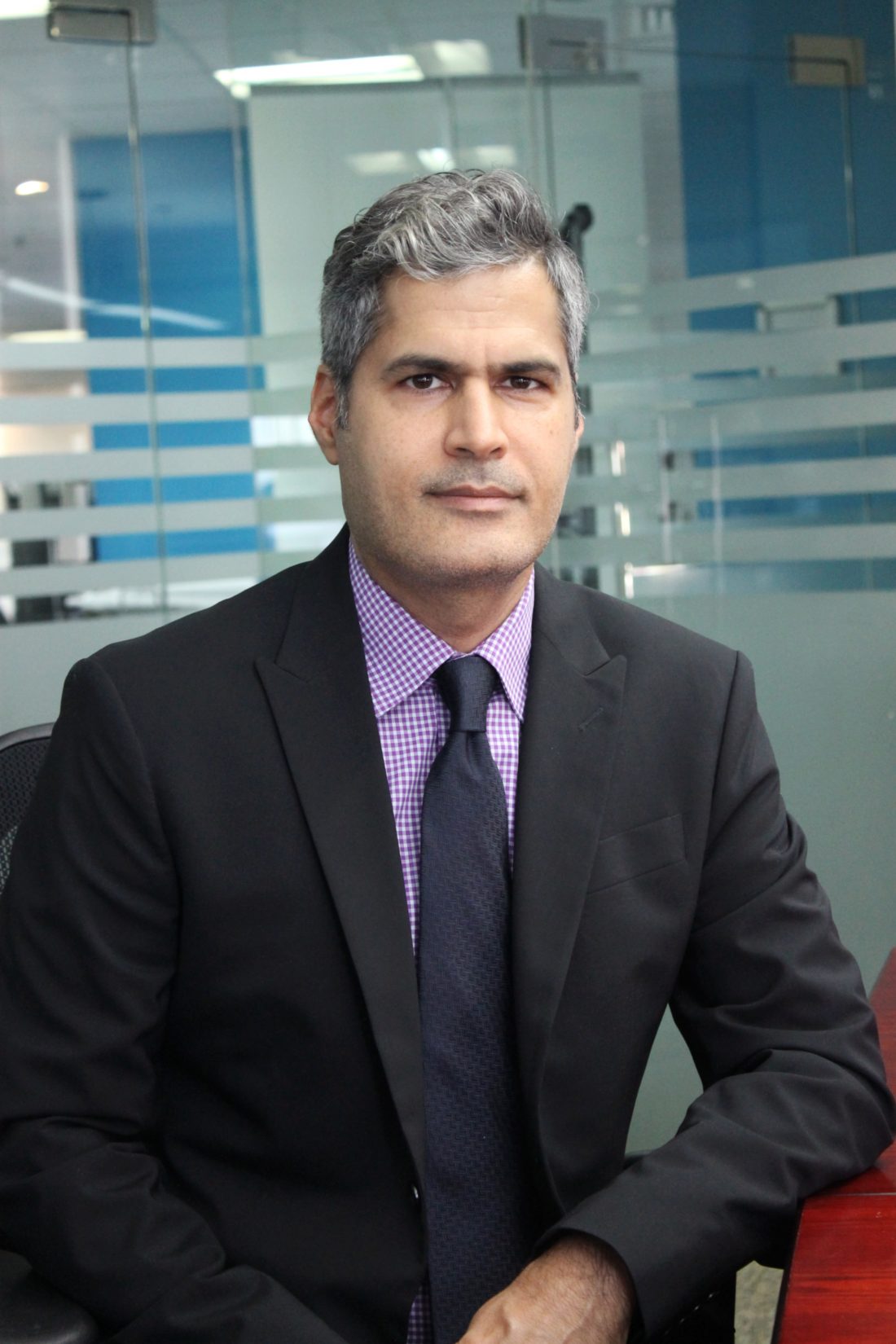
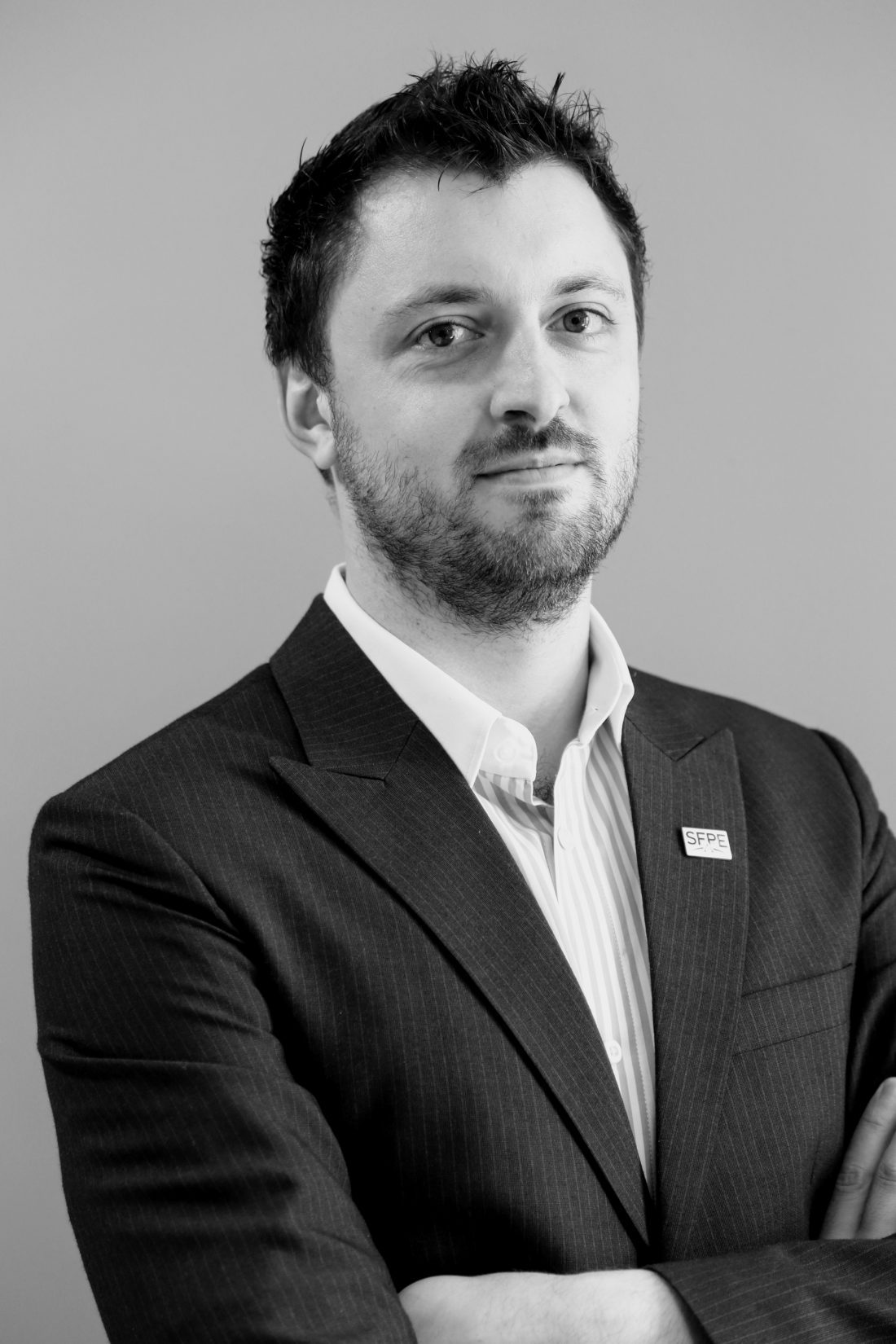
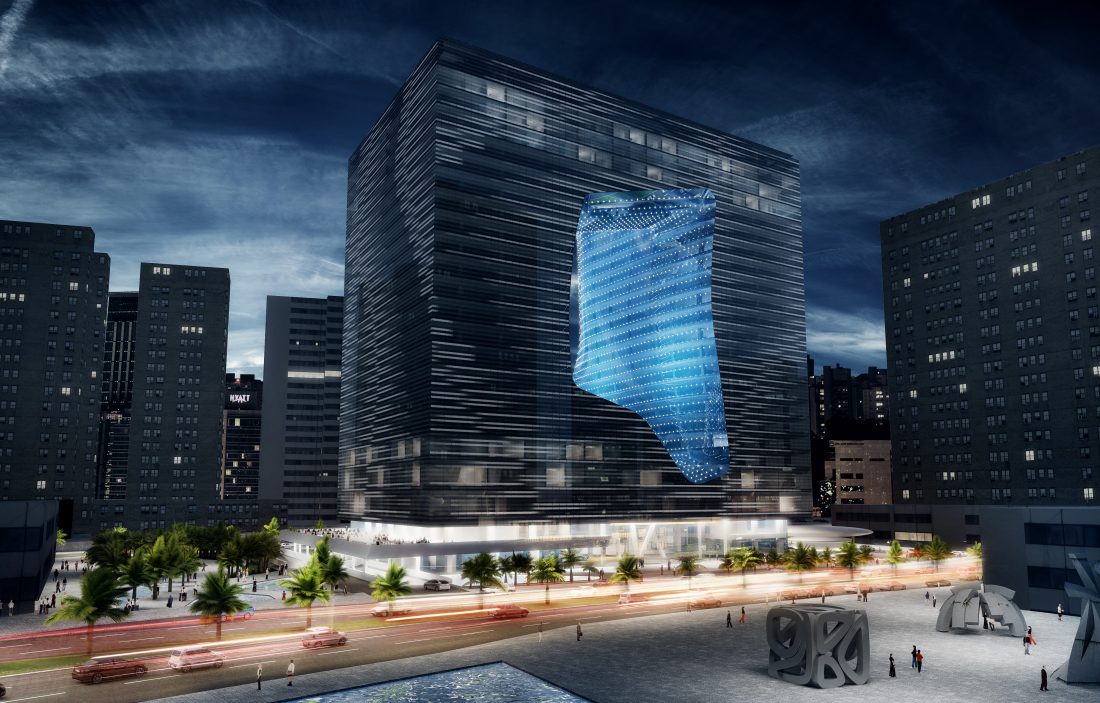
Ralf: The rules and regulations are not the issue or cause of fire incidents. Human error is responsible for these. The authorities are working very hard to ensure that the standards and codes are applied in all projects in the UAE. At the end of the day, it is the responsibility of the consultants and the contractors to ensure that all regulations are met.
Garald: The issue isn’t a building or fire code issue, the weak link is generally around awareness and education of everyone involved in a buildings’ life cycle. There is a phrase that’s used a lot in the Middle East that I’ve heard over the decade that I’ve been here – “We’ve always done it this way.” This illogical notion that the way things have been done happens to be the correct way forever doesn’t track against the progress in the industry. Buildings are getting more and more complex, materials are ever changing and improving, and methodologies and technologies within these buildings are ever advancing. So, obviously, the fire strategies and safety systems must also be challenged to be correct to today’s standards and requirements.
Afschin: One must allow more time for a design to develop and mature. Despite the considerable size of some of the UAE projects, the design programs are quite condensed and often a fraction of the design time provided in other advanced nations. There are certainly short-term financial benefits for limiting the design time to a minimum. But it will also cut short the time for engineers, architects, and developers to the research and conduct more detailed studies that are often needed for such large-scale projects.
Aaron: Fire can happen anywhere at any time; therefore fire safety design is such a relevant issue, both in the Middle East and worldwide. It is never possible to fully mitigate against the phenomena of fire. However, during the design stages, a strong mitigation is always to engage a fire safety consultant who is well versed with both local and international fire codes and standards.
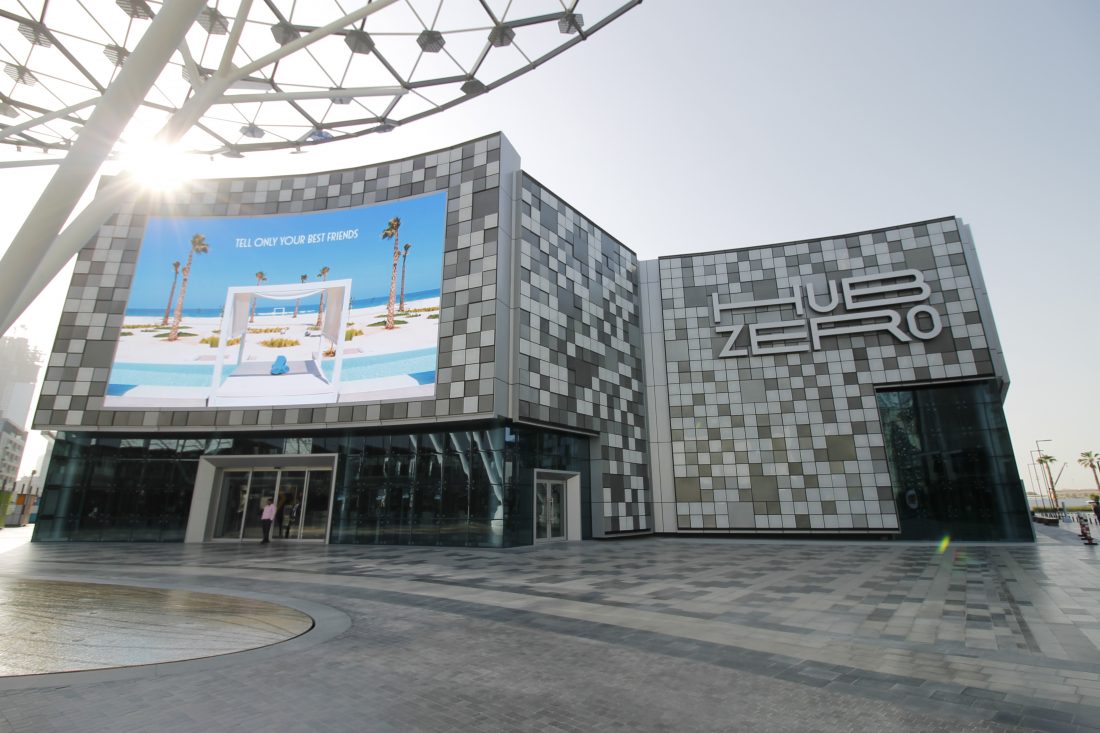
Ralf: RSP works on every architectural project from concept, sometimes even feasibility stage, through to construction documentation with a qualified FLS engineer. We ensure our proposed designs meet all prescriptive requirements of locally applicable guidance documentation, from occupancy loads, travelling distances, fire compartmentation and automatic fire suppression coverage. In addition, in order to ensure the viability of our proposed strategies, for instance evacuation, fire suppression, fire compartmentation, or fire brigade access strategy, we take particular attention to the design of doors, walls, façades, etc., of our proposed design.
Garald: Well, I think we need to understand and accept the reality of the simple fact – fires happen. Its just reality. Now, with that said, we’ve also got the problem solved! We know how to design, engineer, build, and operate buildings, which minimise the impact and likelihood of fires! So where is that going wrong? People. We’re agents of chaos. As diverse as the region is, awareness and education on fire safety is as equally diverse. We have owners, tenants, employees, general public, engineers, architects, contractors, etc. from all over the world. This poses many challenges to ensure a consistent and educated approach to fire safety in all aspects of a building’s life, from cradle to grave.
Afschin: Fire engineers should work closely with the architects at the design stage to address any potential non-compliances or unsafe conditions that could lead to rapid fire spread inside a building or on the exterior of the building.
Aaron: Fire safety design is of utmost important. Early fire and life safety input is key in building design; as a general rule of thumb architectural compliance with the building codes should generally be achieved at the concept design stage of a project. This results in improved overall efficiency and reduced abortive work downstream for all other disciplines within the design team.
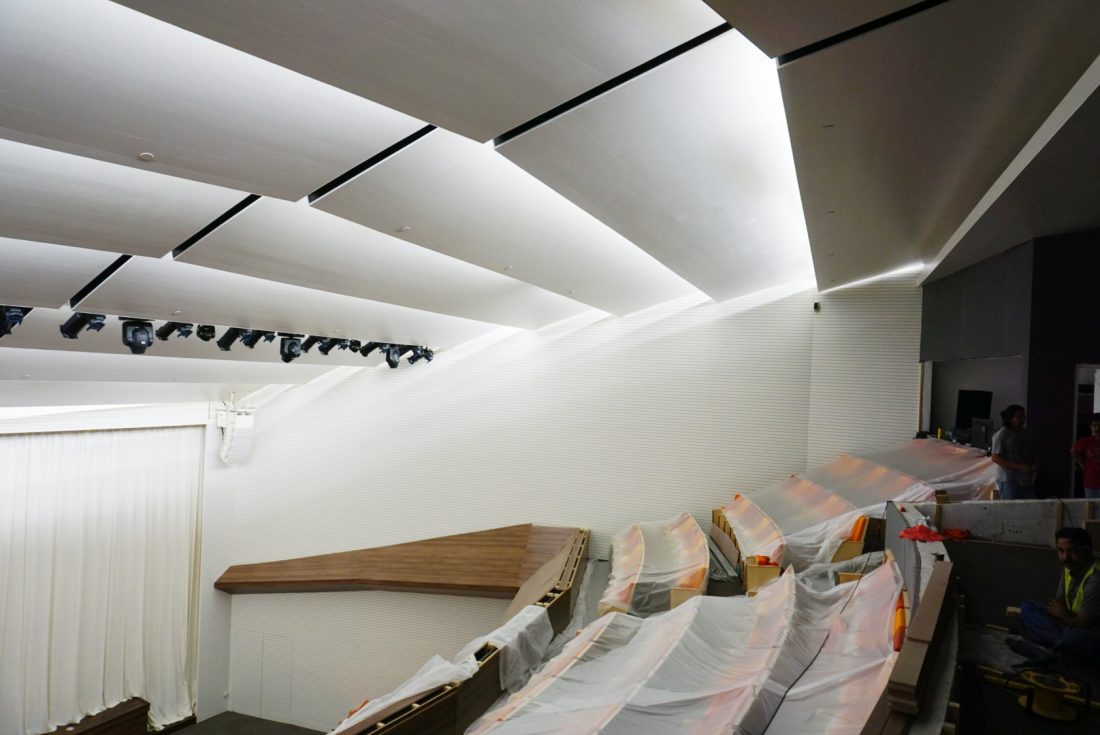
Ralf: Third-party inspections are introduced now by Civil Defense and fines will be imposed if code compliancy is not met. In order to limit incidents associated with the interpretation of locally applicable rules and regulations, RSP ensures projects are always attended by registered engineering firms, with a track record of successful submission to local authorities, such as House of Expertise in the UAE.
Garald: One must value in specialised expertise in all stages of a buildings life cycle. Concept design through to construction, to commissioning to ongoing and regular assessment throughout the full building life cycles to ensure the original fire safety strategy is being maintained and the integrity of the buildings performance in a fire is maintained.
Afschin: The recently published 2017 UAE Fire and Life Code of Practice is a major improvement from the previous 2011 UAE code. It includes more details and diagrams and covers a much wider range of topics. It eliminates previous ambiguities, which resulted in many conflicts between design team members as well as fire authorities and project members. The façade section of the code is much more comprehensive than before. Furthermore, it addresses the use of non-combustible aluminium composite panels (ACP) panels, which were partly to blame for the rapid spread of flames during recent Dubai fires.
Aaron: In the Middle East, building codes are largely influenced by American code and standards such as International Building Code (IBC) and National Fire Protection Association. Put simply, a “Code” specifies where a type system is required, where a “Standard” sets out how to design that system. For example, NFPA 5000 building Code Specifies Sprinklers in a high-rise building. The sprinkler system must be designed to NFPA 13 Standard for sprinkler design. With a focus on Dubai, the primary building ‘code’ is the UAE fire code. This building code is the primary basis for the design of all buildings. For smoke control systems, the UAE Fire Code requires systems to be designed standards such as NFPA 9.
Use of technology
Ralf: Technology plays a very important role in fire prevention and fire response in any building. Building Information Modeling (BIM) has allowed us to identify potential shortcomings in some designs and the ability for systems installed within a building to work in symbiosis. From a more practical viewpoint, technology has enabled us to optimise fire brigade provisions to ensure better emergency personnel management during fire fighting activities.
Garald: Technology can play a big role in this area. Notification of the authorities when an incident happens is key to first responders arriving on scene as early as possible, which we’ve seen great steps towards in the region, and the technology around detection, notification, and suppression continues to improve in modern buildings. But this isn’t a primarily technology focussed issue, and cannot fully be solved by technology. We cannot simply throw “stuff” at this issue in absence of good design, implementation, and maintenance of a holistic fire and life safety strategy for our buildings.
Afschin: The technology and systems used in the UAE buildings are at the cutting edge of fire and life safety. However, part of the solution for reducing the number and impact of fires, has to be the endorsement of a culture of rigorous inspections, testing, and maintenance of all safety systems in place. Furthermore, false alarms have to be reduced to prevent occupants from ignoring fire alarm signals in case of real fires. It is less likely that occupants will evacuate the upper levels of a tower, if they think it may be ‘another false alarm’.
Aaron: With a focus on very tall buildings, the introduction of lift evacuation concepts into fire codes show a clear direction to innovate from approval bodies and regulators. However, it is important to strike a good balance between innovation and tried and tested principles of fire safety.

